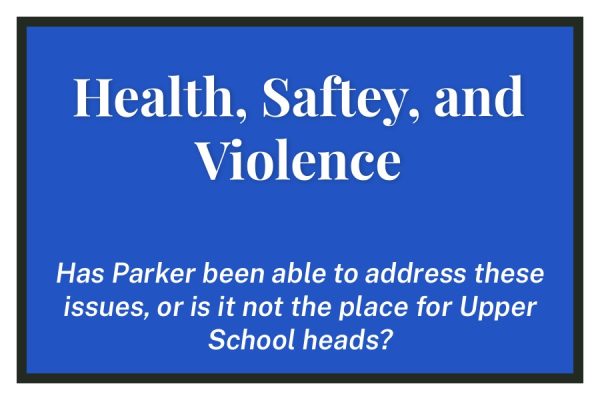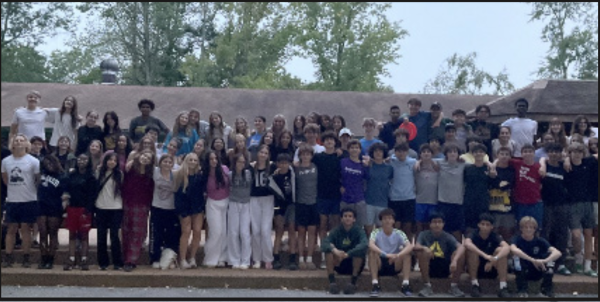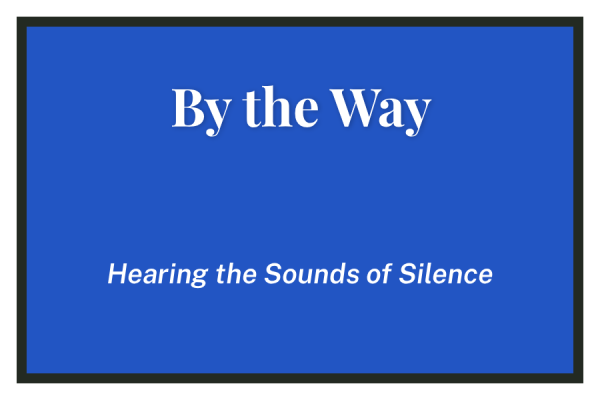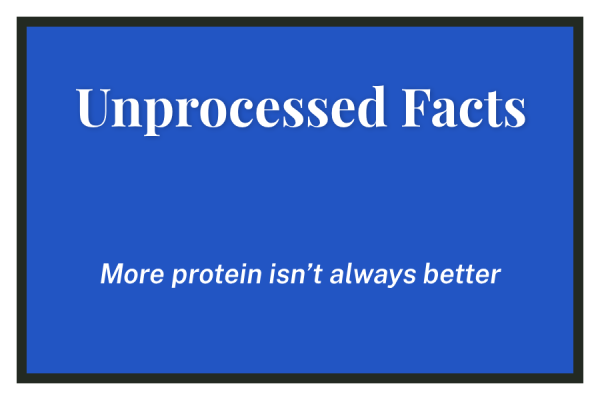The Lunch Dilemma
The Problem With Clubs Meeting During U-Lunch
The majority of Parker upper schoolers have been faced with what has come to be known as the “Lunch Dilemma.” When the music signals U-Lunch each day, our phones buzz repeatedly with school-wide emails. “MODEL UN MEETING RIGHT NOW IN MS. BARR’S ROOM!!” “WEEKLY MEETING RIGHT NOW LAUFER’S ROOM!!” “POWER OF EDUCATION CLUB MEETING RIGHT NOW OUTSIDE LIBRARY!!”
At least one U-Lunch a week, I grab a bag of pretzels and a sparkling water and run to the first club I intend to be at, with the unrealistic intention of making it to one or two more over the course of the next half hour.
Three months into high school, one of the drastic differences I have noticed is the organization of extracurriculars. Unlike in middle school, most if not all clubs and meetings are held during U-Lunch, as opposed to before or after school. The middle school structure eliminates most overlap, as there are two slots (three if you include U-Lunch) a day in which clubs can take place.
This idea of having clubs take place throughout the day is inconvenient for multiple reasons. For many students, lunch is the only 30 minutes of the 8 hour school day they are not in classes, and therefore they are less inclined to participate in the first place. Often, I myself have decided to skip a meeting I was interested in because I needed to finish a homework assignment or wanted to relax. Sometimes the skipping continues, and I never join the club.
For students such as myself who participate in multiple clubs, the current structure becomes a problem fairly quickly. Nobody can be in four places at once, no matter how hard they try, and therefore students begin to drop clubs.
There are only five U-Lunches a week, so if someone wants to participate in six meetings, it’s impossible. If students settle for five clubs, they could end up having no breaks throughout the entire school week, which would take a toll on any student.
“As a club leader, the U-Lunch structure is seriously frustrating,” freshman Matthew Turk said. “Because of that, there’s one day of a week I need to be at a specific club. This club coincidentally takes place at the same time as another one I’m interested in, meaning that I can never attend this other club. Which is absolutely terrible! It’s also super stressful to never have a lunch period. There’s no time to eat, or have a conversation with your friends. If you haven’t finished your homework, there’s no chance to do so.”
Students at Parker are encouraged to participate in as many clubs as catch their attention, and engage in any extracurricular they are interested in. But, due to Parker’s faulty system, many students end up disappointed.
“There’s one particular day where for the past few weeks I’ve been required to be at investment club, Model UN, and Weekly — all at the same time,” freshman Wilson Cedillo said. “You can’t go from one club to another — you need to pick one and stay. It’s annoying how clubs are not organized in a way where students can pursue all of their interests, and meet the attendance requirements for those they are a part of.”
Although there is no set timetable for clubs, Thursday are the most busy, with Tuesday at a close second. Rarely do clubs meet on Mondays. Additionally some clubs take place within an H or G block, which not all students have free.
If a club takes place in a block that students don’t have free, that immediately eliminates the club as an option for them. Why should one block a student gets randomly assigned to dictate their high school extracurricular experience?
Despite U-Lunch being problematic, it is undeniably easier than clubs taking place before or after school. In the upper school, different people’s days start and end at different times, and clubs would have to coordinate with one another as well as with sports practices.
At some schools, such as Walter Payton, Latin, and Whitney Young, there is a clubs block multiple times a week built into the schedule so that students are never forced to give up limited free time, and at those places it is more likely that one is able to attend all clubs one wishes to.
According to former Parker student Alessandra Torres, a freshman at Payton, this idea of a block works amazingly well. “I think it’s a really good way to keep us fully engaged in a long school day, and makes it more convenient for people who already have busy schedules to become active in clubs,” Torres, who participates in multiple out of school activities, said. “It also makes it easier to try out lots of new clubs and see which ones you like without it meaning you have to make a big commitment right away.”
This idea of a clubs block does not seem too far-fetched to be a possibility for Parker. Although our schedule is definitely full to the brim, the introduction of a clubs block could simplify the confusion, and therefore is worth the rearranging necessary. With the collaboration of a few passionate students, the registrar Matthew McCaw, and the help of the administration, a clubs block seems entirely possible. And practical.
A clubs block could benefit other areas of the school, as well. Students could have different lunch periods instead of a universal lunch, since there would be few events that take place in this time. The introduction of multiple lunch periods could result in de cluttering the cafeteria and making buying food less claustrophobic and significantly quicker.
The introduction of a clubs block would result in five lunches a week surrounded by your friends, finishing up on homework, eating your food of choice, and talking about whatever topic you desire, in any space you want. It would result in the luxury of two and a half free hours a week, up to you to dictate.







